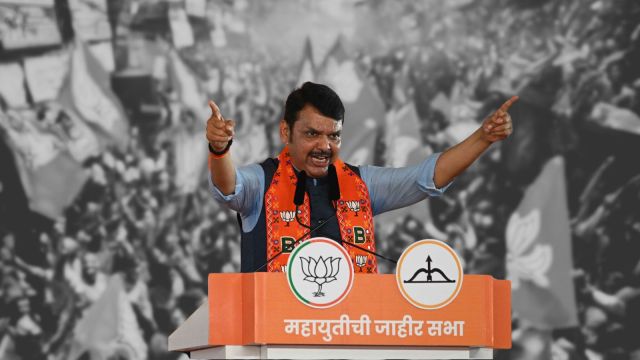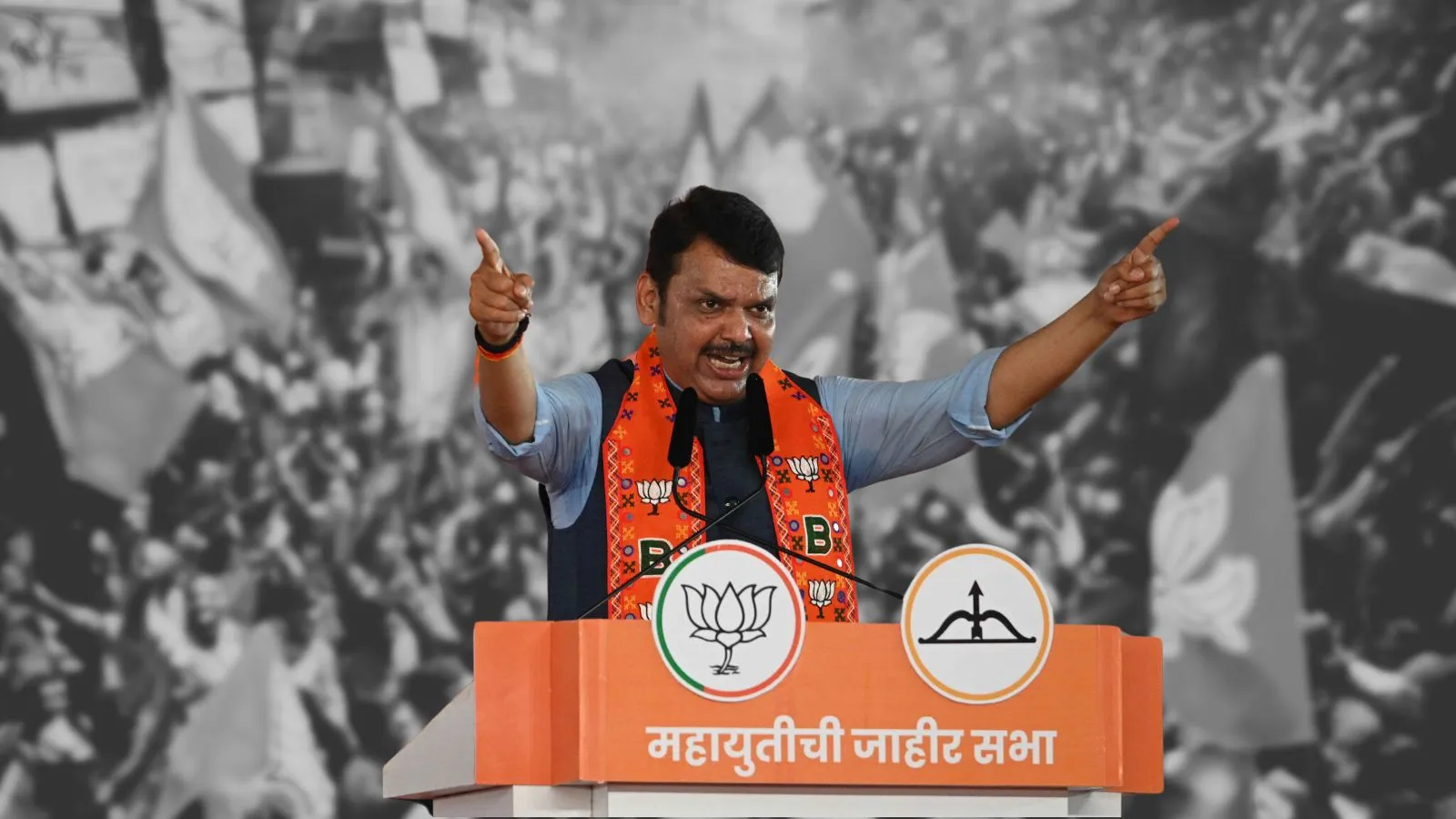

Nov 23, 2024 22:54 IST First published on: Nov 23, 2024 at 14:46 IST
Cash, caste, communalism and crops are the four Cs that Maharashtra’s fiercely-fought Assembly election revolved around. And, ultimately, the first three Cs seem to have outsmarted the burning issue of falling crop prices in Maharashtra’s rural areas. The state’s hurriedly-launched Ladki Bahin Yojana, a cut-and-paste of Madhya Pradesh’s successful Ladli Behna scheme ensured cash in the hands of the state’s poor women while BJP’s social engineering effort, in organising OBCs to counter the Maratha anger, with a dash of communalism seen in slogans like “Batenge To Katenge”, proved to be the perfect blend of the winning concoction for the BJP, the Eknath Shinde-led Shiv Sena and Ajit Pawar’s NCP.
Right from the word go, it was a given that the ruling alliance, or Mahayuti, would have an edge over the Congress, Sharad Pawar-led NCP and Uddhav Thackeray’s Shiv Sena formation, Maha Vikas Aghadi (MVA). The size of the mandate, however, has undoubtedly stunned the political class. The first indication of the changing winds came in the form of voting where, for the first time in Maharashtra’s electoral history, women voters outnumbered men. Long queues of women voters coming out in droves in festive attire was a clear signal of how cash doles work. The Shinde-led government’s promise to raise the monthly payout to Rs 2,100 per month from Rs 1,500 had its desired impact. The Opposition tried to raise the bar by promising Rs 3,000 per month should it come to power. For the voters, however, it was about a bird in hand being worth two in the bush. This is about the first C — that is, cash transfer.
Equally, the incumbent government neutralised the Opposition’s caste factor — the second C — by reverse polarisation, a la the Haryana model. In Maharashtra, the Marathas — the most politically powerful group — was up in arms against the BJP, the failure of the saffron alliance in bringing in the Marathas under the reserved category being the primary reason. The new-age Maratha protagonist Manoj Jarange-Patil had successfully mobilised Marathas by branding the saffron alliance as “Brahminical”. The Marathas made their voice heard in the Parliament election where the BJP faced its worst-ever rout in the state. However, soon after, it swung into action and deployed OBC leaders from its fold to counter the Marathas. The gambit worked. BJP leaders had as many as 330 meetings with various OBC factions — all under the radar. Overseeing this low-key, high-impact operation was Bhupendra Yadav who made Maharashtra his home soon after Parliament elections. Also helping the BJP in this endeavour was the RSS, which came out in full force. The result is for everyone to see.
The BJP had a two-pronged strategy. On the one hand, without much fanfare it worked on social engineering, bringing in more and more social groups into its fold, and, on the other it used the communal hammer, with Yogi Adityanath shouting “batenge to katenge”. Initially, it was believed that the communal card would not have much of an impact in Maharashtra. That was not the case, it seems. Giving the election a communal colour along with a smart caste strategy has had its desired effect.
These three Cs help overcome the fourth C — the falling price of crops. Soya bean and cotton in Vidarbha and Marathwada witnessed substantial price drop, resulting in farmers’ distress. Add to this the falling onion prices. It was the perfect recipe for the Opposition to use against the ruling alliance. It failed — and failed miserably. So much so that the regions that were witnessing agrarian crisis too did not stand by the Opposition which was promising higher minimum support price.
What will be interesting to see now is, given the size of the victory for the BJP, will the leadership in Delhi let the coveted post of chief minister go out of its hand? The result in no way will make the Shinde-led Shiv Sena redundant; it will, however, make the BJP more self-reliant. It would be naive to believe that the BJP wants Shinde to lead the state and will play second fiddle to him. The BJP tactically “used” Shinde and Ajit Pawar to clip the wings of its real challengers — Shiv Sena’s Thackerays and the Nationalist Congress Party, especially Sharad Pawar. Having achieved its objective, the BJP may be staring at this question: What to do with Eknath Shinde and Ajit Pawar now? Going against the popular demand in the state unit to claim the chief ministership, the BJP, in all probability, will keep the reins of the state with Shinde, considering that another big battle lies ahead — for the Brihanmumbai Municipal Corporation (BMC) election, which has, till now, been the lifeline of the Thackerays. Similarly, it may want to keep Ajit Pawar in good humour till it can dethrone Sharad Pawar from local self-government bodies in western Maharashtra in the ensuing elections. Once this is achieved, Maharashtra will be Opposition-mukt for the BJP — the situation it has always dreamed of.
The writer is editor, Loksatta


